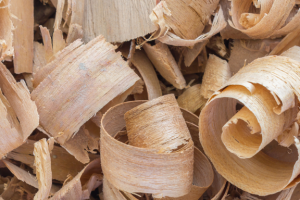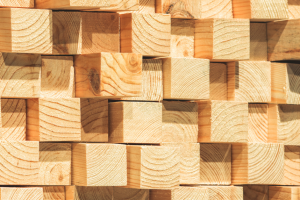Australia’s imports of plywood declined 5.9% in 2022, falling back to 431,026 m3. While several grades experienced increases, the steep recent falls in the combined Other and Exterior grades appear to have driven imports lower.
The chart below displays the import experience, other than for plywood-backed material like that used for flooring, wafer, batten and other board products that are mingled into traditional plywood definitions.
Australian Plywood Imports: Nov ’20 – Dec ’22 (m3 & AUDFob/m3)

Source: ABS & IndustryEdge
|
M3 |
Interior |
Structural |
Overlaid |
Other & Exterior |
Total |
|
2021 |
44,087 |
9,412 |
163,582 |
240,988 |
458,069 |
|
2022 |
44,653 |
10,506 |
184,247 |
191,619 |
431,026 |
|
% Change |
1.3% |
11.6% |
12.6% |
-20.5% |
-5.9% |
A further potential driver for the decline in imports is the weighted average import price for each grade is up between 18% and 33%, as the table below shows. It is possible that with reasonable inventory levels, some importers are sitting out of the market, waiting for the price to cool before re-engaging.
|
AUDFob/m3 |
Interior |
Structural |
Overlaid |
Other & Exterior |
Weighted Ave |
|
2021 |
716 |
919 |
933 |
761 |
821 |
|
2022 |
856 |
1,226 |
1,102 |
897 |
988 |
|
% Change |
19.6% |
33.4% |
18.1% |
17.8% |
20.3% |
Examining countries of origin for all material (including the products excluded from the above), we can see the unsurprising role that China plays in the plywood market in Australia.
Imports of Plywood by Main Country: 2022 (‘000 m3)

Source: ABS & IndustryEdge



